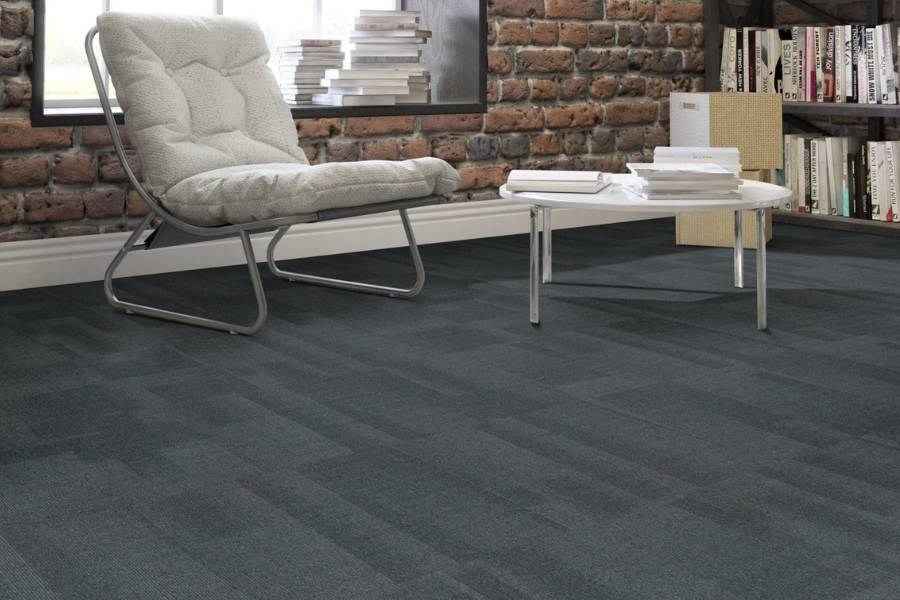“Effective Strategies for Managing Milliken Formwork FWK169 Water Damage”
Water damage can seriously undermine the integrity of Milliken Formwork FWK169 Water Damage materials. From minor leaks to major floods, exposure to water can weaken the formwork, causing decay and mold growth. This guide provides actionable strategies to address and prevent water damage in Milliken Formwork FWK169, helping you manage and resolve the issue effectively.
Understanding Water Harm in Milliken Formwork FWK169
Milliken Formwork FWK169 Water Damage for its durability and dependability in construction. However, water damage can compromise its strength. Understanding the causes and impacts of water damage is essential for applying effective repair and prevention strategies.
Reasons for Water Harm
Water damage can stem from several sources
Leaks: Even minor leaks can cause serious damage over time if not promptly repaired.
Flooding: Heavy rains or plumbing issues can inundate the formwork with large volumes of water.
Poor Drainage: Insufficient drainage around the construction site can lead to water accumulating near the formwork.
Construction Defects: Problems such as improperly sealed joints or seams can allow water to seep into the formwork.
Outcomes of Water Harm
If water damage isn’t addressed quickly, it can lead to several serious issues
Structural Decay: Extended moisture exposure can weaken the formwork, affecting its overall strength and stability.
Mold and Mildew: Damp environments promote the growth of mold and mildew, which can further damage the formwork and create health hazards.
Higher Maintenance Costs: Repairing water damage can be costly and time-consuming, resulting in increased maintenance expenses.
Distinguishing Indications of Water Harm
Early detection is crucial to preventing severe damage. Look out for these signs
Discoloration: Unusual stains or color changes on the formwork surfaces may suggest water infiltration and potential damage.
Odor: A musty or damp smell can indicate mold or mildew, pointing to prolonged moisture exposure.
Swelling: If the formwork shows signs of swelling or warping, it likely means the material has absorbed moisture and is experiencing water damage.
Compelling Procedures for Alleviating Water Harm
To effectively manage water damage, consider these essential strategies
Brief Hole Discovery and Fix
Taking immediate action is essential when a leak is discovered
Regular Inspections: Routinely examine the formwork, paying close attention to joints and seams for any signs of moisture buildup.
Prompt Repairs: Fix leaks as soon as they are identified to stop water from penetrating the formwork.
Legitimate Seepage and Waterproofing
Effective drainage and waterproofing are vital for safeguarding the formwork
Ensure Proper Drainage: Shape the surrounding area to direct water away from the formwork. Proper grading and drainage systems help prevent water from accumulating around the structure.
Apply Waterproofing Sealants: Use sealants or membranes on exposed areas to create a barrier against water. This preventive step helps protect the formwork from future damage.
Quick Water Extraction and Drying
If water intrusion happens, act swiftly
Remove Standing Water: Quickly eliminate any standing water to stop it from being absorbed by the formwork.
Start Drying: Use dehumidifiers and fans to thoroughly dry the affected area. This is crucial for minimizing mold growth and maintaining the formwork’s structural strength.
Shape Remediation and Avoidance
Addressing mold and mildew is essential for preserving the formwork
Remediate Mold: If you find mold or mildew, take immediate action to remove it and prevent it from spreading.
Improve Ventilation: Increase airflow in the affected area to lower moisture levels and inhibit mold growth. Good ventilation helps keep humidity levels in check.
Primary Fixes and Reclamation
Assessing and repairing any damage to the formwork is crucial
Evaluate Damage: Thoroughly inspect the formwork for any structural issues caused by water exposure.
Conduct Repairs: Carry out repairs and replacements as needed to restore the formwork’s strength. Reinforce any weak spots and take steps to prevent future water damage.
Conclusion
Managing water damage in Milliken Formwork FWK169 Water Damage requires prompt and thorough action. By catching leaks early, ensuring effective drainage, quickly addressing water intrusion, removing mold, and making necessary repairs, you can minimize the damage and preserve the formwork’s integrity.
These steps not only tackle existing problems but also help prevent future issues, ensuring the long-term durability and performance of Milliken Formwork FWK169 Water Damage. A proactive approach will protect your investment and maintain the high standards associated with this construction material.
Keep an eye for more news & updates on Vents Globe!






